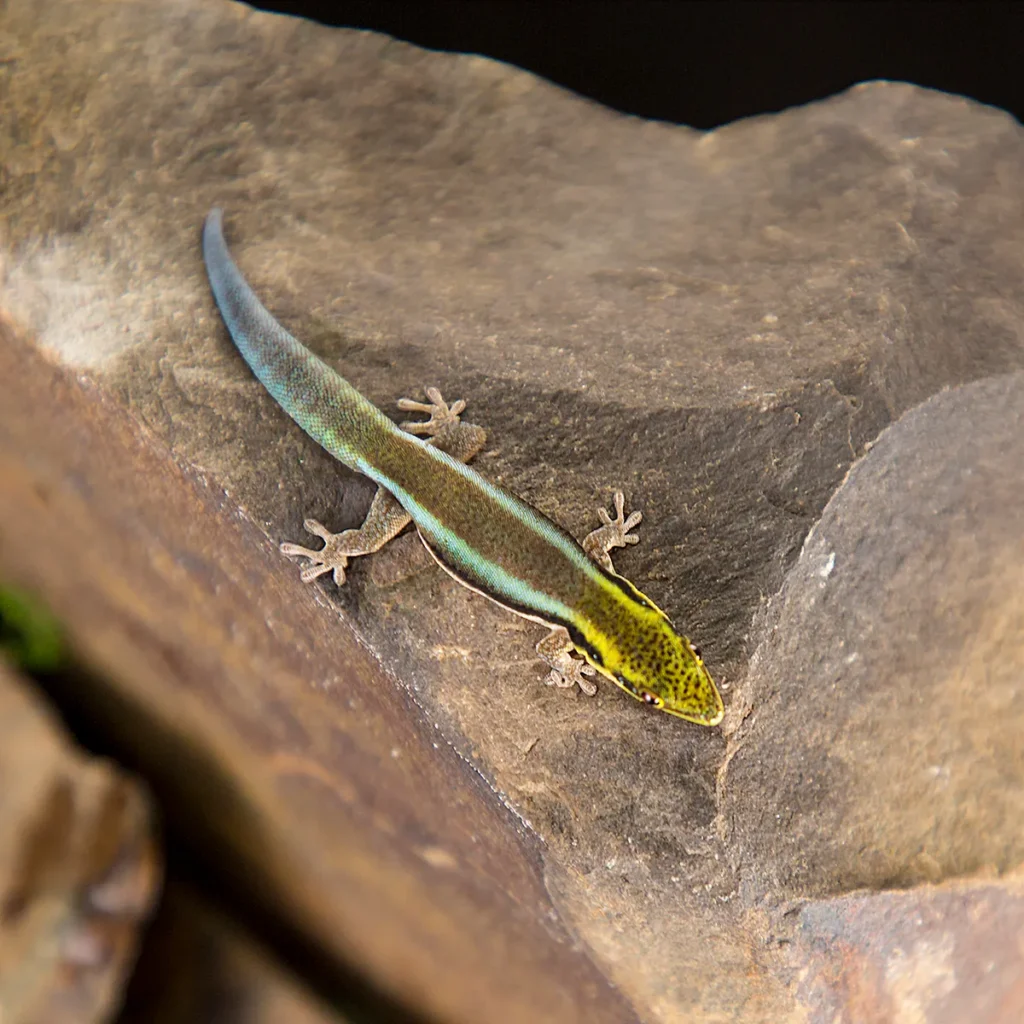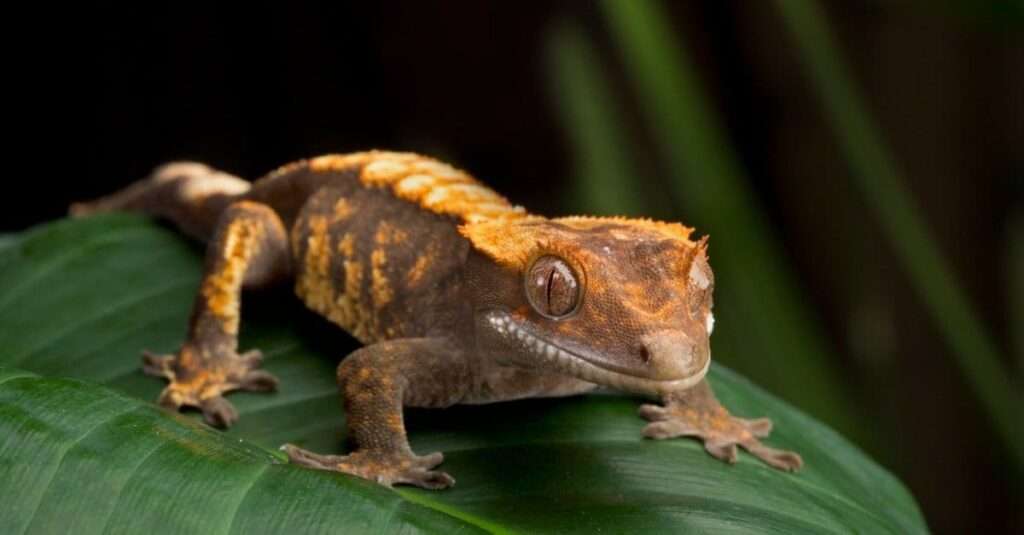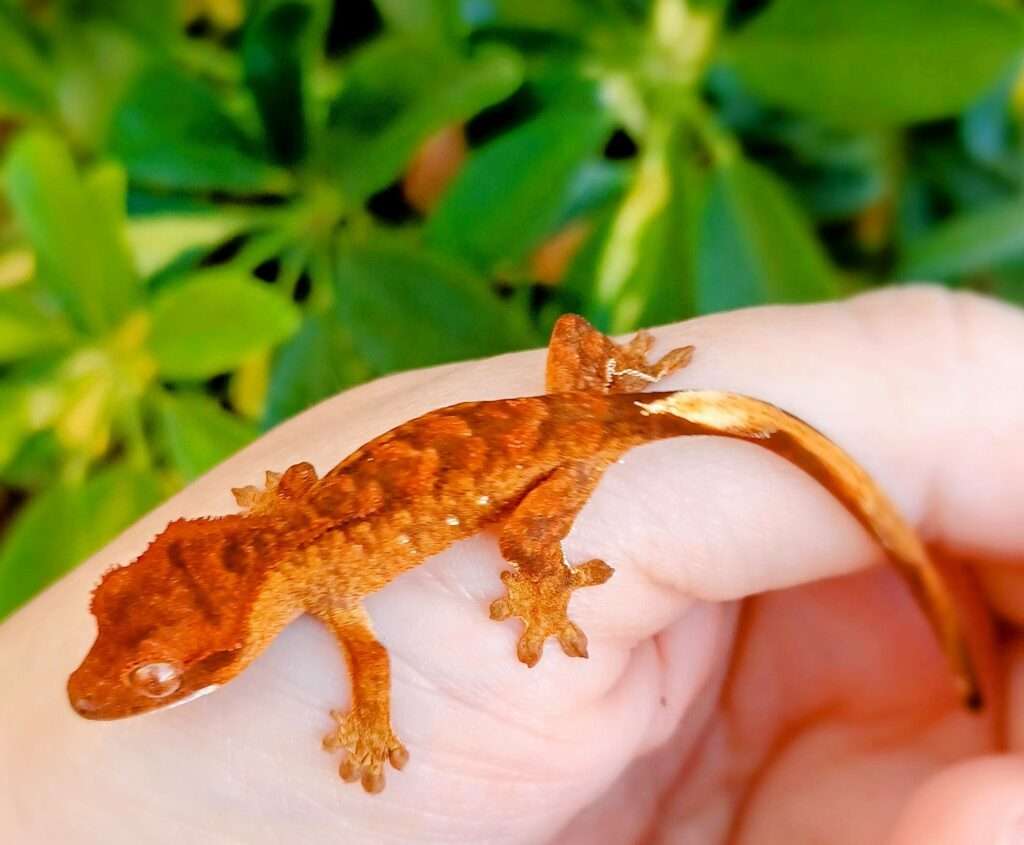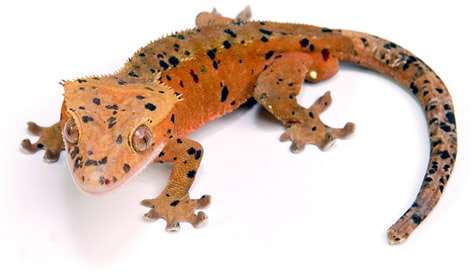
Description:
Scientific name: Phelsuma klemmeri
Life span: Up to 10 years
The yellow-headed day gecko (Phelsuma klemmeri), sometimes known as the neon day gecko, the cheery day gecko, or Klemmer’s day gecko, is a little diurnal species of gecko in the family Gekkonidae. This long-snouted, thin gecko’s upper and middle back are turquoise blue in color. It is light brown on the lower back. Turquoise blue dominates most of the tail. The laterally flattened body is remarkable. The yellow head is another defining trait. There is a large, dark black area behind each eye, followed by a black stripe that reaches the extremities of the back. The toes and legs have brown spots on them. The ventral side is a bluish-gray color.
Native Region/Habitat
The coast of northwest Madagascar is home to P. klemmeri. Only the Ampasindava Peninsula (at Antsatsaka) and the area around Mandrozo Lake are known to contain it. Although it can also be found on green bamboo or other surrounding foliage, P. klemmeri is most frequently seen on yellow bamboo canes.
Behavior:
P. klemmeri enjoys basking and is mostly active during the day (diurnal). It frequently lives in little groups. Behavior. Diurnal, or awake during the day, are the Phelsuma geckos. Due to their arboreal nature, they often prefer to remain in the air. They enjoy perching on large leaves, tree bark, and particularly the stalks and leaves of bamboo.
Care As a pet/In captivity:

Enclosure Size: Neon day geckos require an enclosure that is sufficiently large to allow them the space they need to hunt, explore, and generally engage in their normal behaviors. Also, because they are arboreal, they require a terrarium with plenty of climbing area. The minimum suggested enclosure size for a single neon day gecko is 12″L x 12″W x 18″H / 30 x 30 x 45 cm or comparable, given that neon day geckos can grow up to 4″/10cm in length.
Humidity Requirements: The ideal humidity for neon day geckos is between 60 and 80 percent, as determined by a digital probe hygrometer with the probe placed in the center of the cage. If the humidity is regularly too high or low, your gecko may experience health issues. Nonetheless, it is normal for humidity levels to be higher in cool areas and lower in warm areas. Also, it is typical and beneficial for humidity levels to change during the day and night.
Temperature Requirements: Because we have warm blood, humans’ bodies naturally regulate their internal temperatures. Neon day geckos, on the other hand, have chilly blood, therefore they have to move about to keep their body temperature in check. Neon day geckos can become warm in the wild by laying out in a warm area of sunlight. A white incandescent heat lamp can simulate sunshine in an enclosed space.
- Temperature in the bathing area: 90°F (32°C).
- Temperatures in general: 27–28°C (80–82°F).
- Temperature at night: 68–74°F (20–23°C)
Feeding:
Because neon day geckos are omnivores, they require a well-balanced diet that includes both plant-based and animal-based items to provide them with the nourishment they require. They mostly consume insects, flower nectar, and fruit juice in the wild. This diet can be replicated for pets by combining meal replacement powder and live insects in the right proportions.
Table





